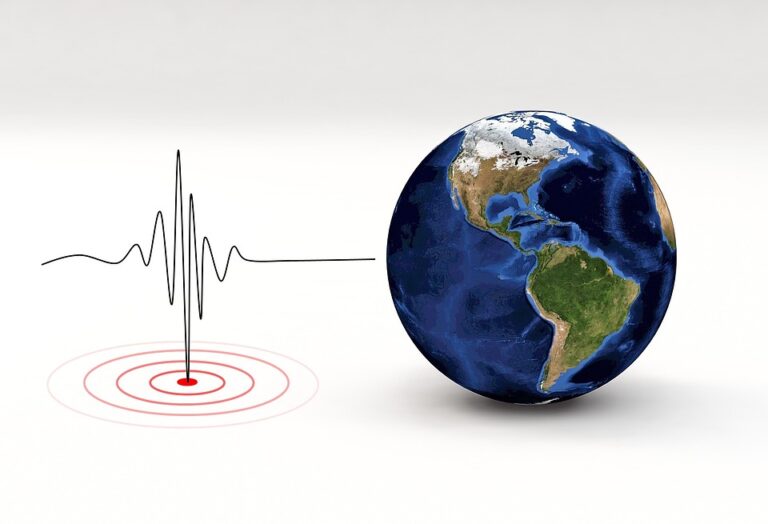Title: 3.5 Magnitude Earthquake Strikes Malibu: What You Need to Know
On the afternoon of [insert date], Malibu, California, was rattled by a 3.5 magnitude earthquake, just hours after a previous tremor had sent waves of concern through the coastal region. With its picturesque beaches and celebrity homes, Malibu is typically a haven for sun-seekers; however, Mother Nature served a reminder that the beauty of this area comes with geological risks.

Understanding Earthquake Magnitudes
To put the recent 3.5 magnitude earthquake into perspective, the Richter scale measures the energy released during an earthquake. A magnitude of 3.5 is considered minor and is generally not strong enough to cause significant damage. However, the frequency of lesser quakes in this region is noteworthy. According to the United States Geological Survey (USGS), California experiences over 10,000 earthquakes every year, although most of them are too small to be felt.
This specific quake was part of a sequence of seismic activity that can often occur after larger events. Earthquakes are unpredictable, but smaller aftershocks can follow a major quake as the tectonic plates readjust. Interestingly, Southern California experiences an earthquake with a magnitude of 3.0 or larger approximately once every 1-2 weeks.

Malibu’s Seismic Activity: A Historical Perspective
Malibu sits along the Pacific Ring of Fire, a hotspot for seismic activity. In fact, California has witnessed some of the most powerful earthquakes in history. The 1994 Northridge earthquake, registering a staggering magnitude of 6.7, caused extensive damage in the San Fernando Valley and had long-lasting effects on building regulations in the region.
Recent statistics indicate that over 80% of Californians live within areas at risk for earthquakes, underscoring the importance of preparedness. Residents are encouraged to maintain emergency kits, create family communication plans, and ensure their insurance covers earthquake damage.

Why Earthquake Preparedness is Essential
The recent quakes in Malibu serve as timely reminders for residents and visitors alike. Earthquake preparedness is more crucial than ever in a region where nearly 80% of the population lives in areas with significant seismic risk. Here are some crucial steps to ensure safety in the event of an earthquake:
- Emergency Kits: Ensure you have an emergency kit stocked with water, non-perishable food, a flashlight, batteries, a first-aid kit, and necessary medications.
- Secure Your Space: Fasten shelves and decorative items securely. Heavy furniture should be anchored to walls to prevent tipping during seismic events.
- Develop a Plan: Create a family evacuation plan and ensure all members know how to react during an earthquake. Identify safe spots in your home, such as under sturdy furniture.
- Stay Informed: Keep abreast of geological activities through reliable sources like the USGS and local news outlets.

The Bigger Picture: Climate Change and Seismic Activity
While the immediate focus is often on the shocks and aftershocks, it’s essential to consider broader topics such as climate change. Some studies suggest that climate change could potentially impact seismic activity. For example, the melting of glaciers can lead to increased pressure on tectonic plates underneath. Though this connection is still being studied, it is clear that understanding geological activity is a complex field interlinked with various environmental factors.

Conclusion: Stay Prepared and Informed
In conclusion, the recent 3.5 magnitude earthquake in Malibu, just hours after another tremor, emphasizes the importance of remaining alert and prepared in earthquake-prone areas. While the quake was too minor to cause significant damage, it serves as a clear reminder of California’s seismic reality.
Residents are encouraged to review their emergency plans and remain aware of guidelines provided by local authorities. As we continue to enjoy the beauty of Malibu and its surroundings, vigilance and preparedness must remain a core part of living in this stunning yet seismically active region.
Understanding these quakes is essential, not only for immediate safety but also for fostering community resilience against the inevitable quakes that will continue to shape California’s landscape.


